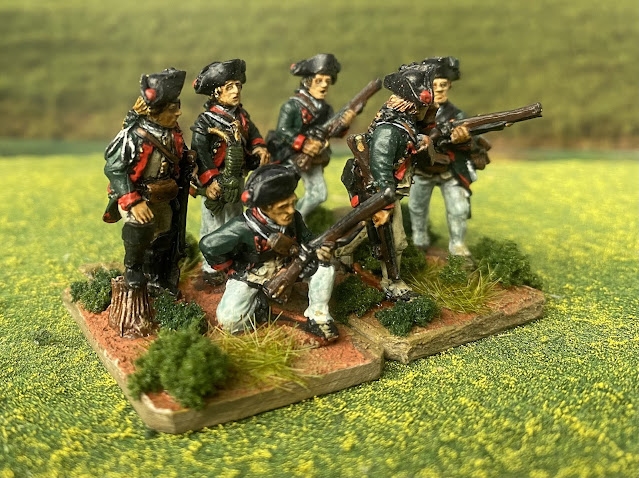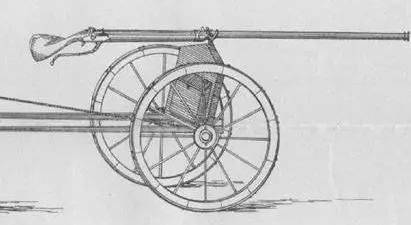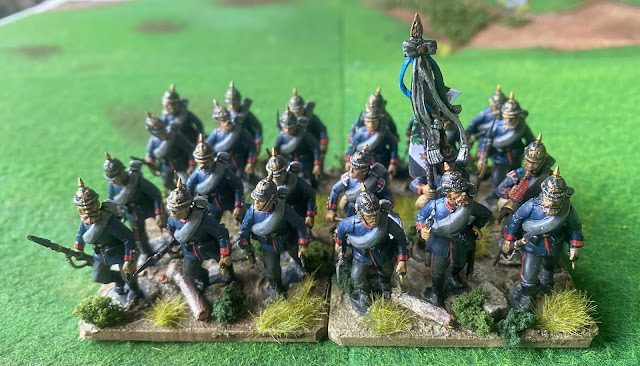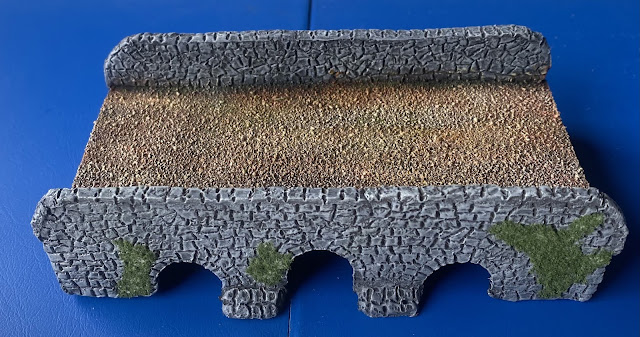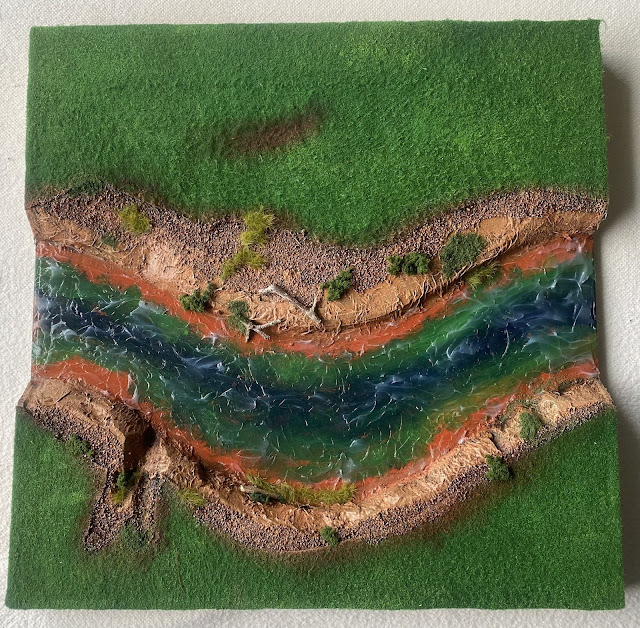Yesterday was one of those really annoying days. Still working from home I have been conducting interviews for a new staff member - an unpleasant task at the best of times made worse by having to do them as video interviews - and I had five phone calls from scammers. You know the type of thing “I am calling you from Windows and you have a problem on your computer…” or “…this is VISA, we have detected a problem with your card…”…we have all received them and the number of scams circulating has increased with the Pandemic.
Now normally I make sport of these calls, stringing them along for fifteen minutes before saying “hang on you say Windows? I have an Apple, is that the same?”, or “you say VISA, I only have a Mastercard”. I have also been known to take a leaf out of a friends book who, when they say they are from Windows, replies “no you’re not. You are just a thief trying to steal my money.”
More recently I have taken a different track. I let them get started then ask them if I can ask a question, which they always agree to, then knowing that they are on foreign shores I ask them “in your society is is honourable to be a liar and a thief?” This usually draws some sort of indignant reply about not being a thief but I continue with “is your mother proud of you? Does she know you are a criminal?” This is where they hang up.
But with five calls I had no patience for banter and I just put the phone down on them before they got a chance to go beyond the first couple of words. All this was too much and my concentration was gone after the third interview and the fifth call and I gave up working just after 3:00 PM and turned to some more relaxing problem solving...completing work on another couple of bridges I have been working on for another river terrain tile.
Again I want two inter-changeable bridges, one stone and the other wooden. The stone bridge has been under way for a while, a background project, and this time was made with three arches, but a flat road surface. I used the same construction techniques as last time.
The wooden bridge, however, I wanted to be much more rustic than the last one and for inspiration I used the Grapevine Bridge across the Chickahominy River on the outskirts of Richmond, Virginia, used by Union troops at the Battle of Fair Oaks and the Seven Days Battles in 1862.



To make the base of the bridge I used some offcuts from a recent clean up in the garden that I had squirrelled away and allowed to dry. These pieces are about 5mm in diameter, so they represent a log of around 12 inches in 28mm scale. I used three longer pieces as crossbeams each attached to four piles, two for each side of the bridge, first with a spot of glue and then by some cotton thread to recreate ropes lashing the timbers together. More glue was brushed over the ‘ropes’ to strengthen the joint. The middle set was made slightly higher that the other two sets to give it a bit of a hump like the Grapevine Bridge. To give this an even more rustic look, everything was cut by eye and not by measure which means that nothing is perfectly square or upright and the bridge will sag an rise in an irregular manner.
The three sets of piles and beams were then joined with matchsticks, to which the roadway of the bridge would attach.
The roadway was made from matchsticks and when all the glue was dry the matches on the lower level were replaced by more “substantial beams”.
The whole underside, unexposed, part of the structure was then liberally coated with PVA to provide strength. When dry the whole model was undercoated black and painted with ever lightening shades of brown and grey.
Of course I am expecting a visit from Health and Safety because there are no side rails installed, but I’ll just have to assign any design flaw findings to the Chief Engineer, Henrico County, Virginia, under whose authority the Grapevine Bridge was probably built.
CORRECTION: Looking more deeply into the construction of the Grapevine Bridge, it was actually built by the men of the First Minnesota Regiment, under the supervision of engineers Maj. Daniel P. Woodbury and Lt. Col. Barton Alexander, so any findings from a health and safety audit should be assigned to them and not the county engineer.
Here the project goes on hold for a couple of weeks until the terrain piece that these bridges are going to fit into is complete.
